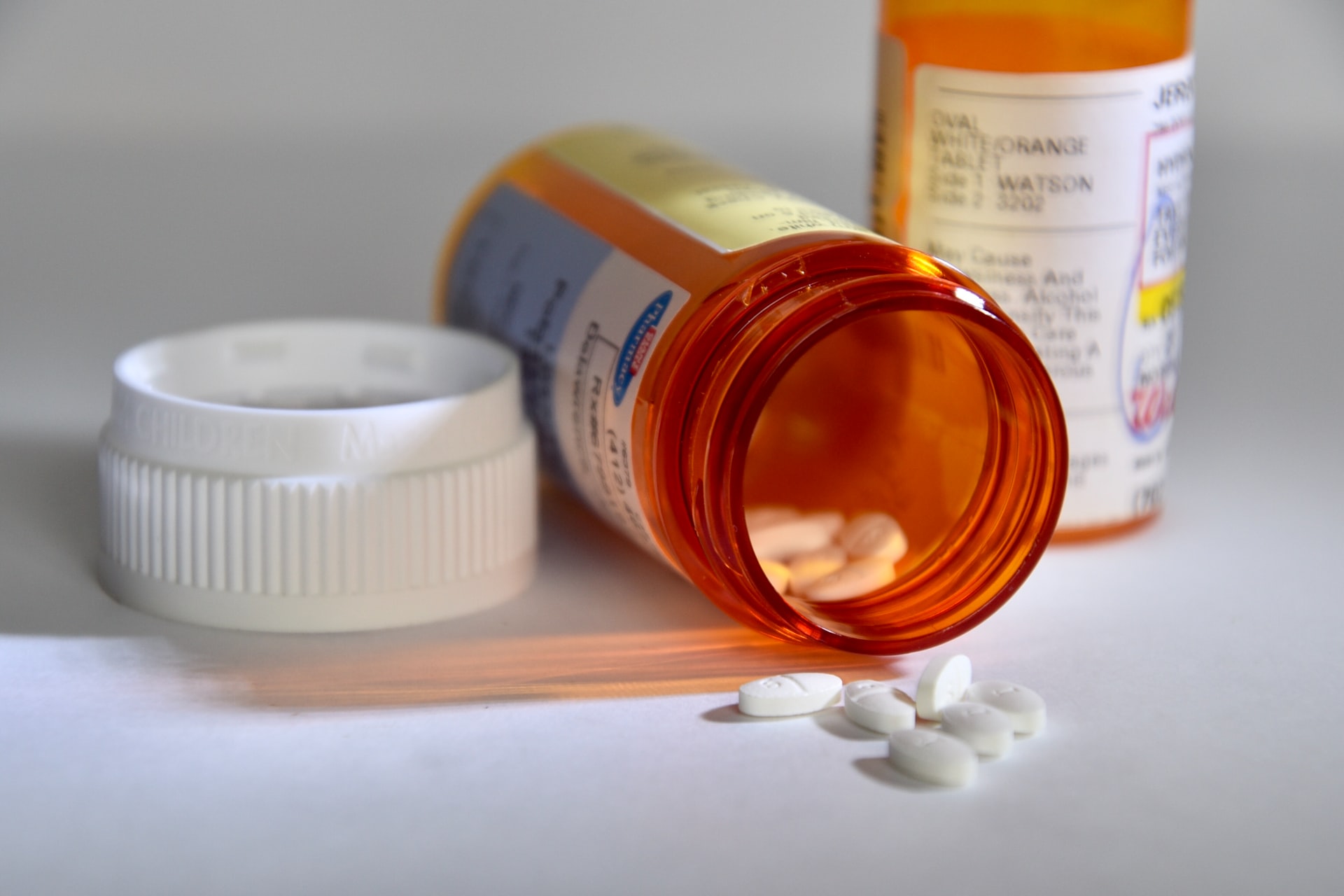
The Ridiculously Thorough Guide To The Opioid Epidemic
Most of us have heard about the opioid epidemic, but how much do we really know about it? According to the American Medical Association, in 2017, out of the 20 million individuals who suffer from substance use disorder, now more than 2 million of them qualify as having an opioid addiction. However, with the advancement of medicine, some programs and medicine are on the market to beat this specific addiction.
So, how did this epidemic start, and what is the government doing to help people who suffer from opioid addictions? Well, come along with us and learn more about the opioid epidemic and what is being done to remedy to this deadly situation.
What exactly are opioids?

It is a type of drug that is used to reduce pain and is usually prescribed to people who live with chronic pain. How does it work, though? Well, it is very nice of you to ask; they bind to specific brain receptors and minimize the body’s perception of pain.
Some of the most common types of opioids on the market currently are methadone, Oxycontin (Oxycodone), morphine, and Vicodin (hydrocodone). The use of prescription opioids has some side effects like nausea, confusion, increased sensitivity to pain, vomiting, and dizziness. Some people, over time, also develop a tolerance to opioids, and they no longer have an effect on them.
Statistics

To put anything into perspective, looking at the number and statistics about a specific subject should give you a picture of the current situation. So, without further ado, let’s take a look at the number when it comes to opioid use and abuse.
Every day, about 140 individuals across the US die of drug overdose, and about 91 of them are because of opioids; this shows the ravage that opioid have on the vulnerable population. About 29% of people who are prescribed opioids for chronic pain misuse them, and between 8 to 12% of people who use opioids as a medication for chronic pain become addicted to it and later develop an opioid use disorder.
In addition, about 4 to 6% of those who misuse prescription opioids move or transition to heroin later on to feel this same high and relaxed feeling. The statistic is even more alarming when it comes to heroin; about 80% of people who use heroin first used and misused prescription opioids.
This is because heroin is chemically similar to the latter, and they both affect the body and the brain in the same way. This creates a burden on the state and the public health, as opioid has devastating effects when misused. So, let’s learn more about it and where it started.
How did this happen?

Pharmaceutical companies in the late 1990s reassured the medical companies that most patients would not become addicted to prescription opioids when they were used as pain relievers. This is why we say hindsight is 20/20, but most, in my opinion, these companies didn’t care much about the people who would become addicted to opioids as long as they were making a profit on it.
After being “assured” by big pharma and without conducting adequate research, healthcare providers started to pump out opioids and prescribe them at a greater rate. This increase in the prescription rate led to the widespread diversion and subsequent misuse of opioids. And before it was clearly that opioid was a highly addictive substance, it was already too late and already available to the public. In 2017 alone, more than 47 000 Americans died due to opioid overdose, and this included heroin, a powerful synthetic opioid, prescribed opioids, and illicit manufactured fentanyl.
In 2017 itself, it was estimated that 1.7 million individuals in the United States alone suffered from substance use disorder. This was related to prescribed opioid pain relievers, and about 652 000 individuals suffer from heroin use disorder.
Do you live in Melbourne? Are you in search of a special and professional pharmacy? Then look no further because Point Cook Pharmacy is here for you. With years of experience in this industry, they are known for their excellent customer-oriented services and provide reliable information and medicine. They even provide free home delivery during these trying times because they believe that their clients deserve to stay safe and still receive their medication. So what are you waiting for? Give them a call today or visit their website and let them help you with all your medication needs!
You May Also Like

The Basics of Quantum Physics
2022-12-06
The Strangest Planets In The Universe (Part 1)
2021-07-20



One Comment
Pingback: